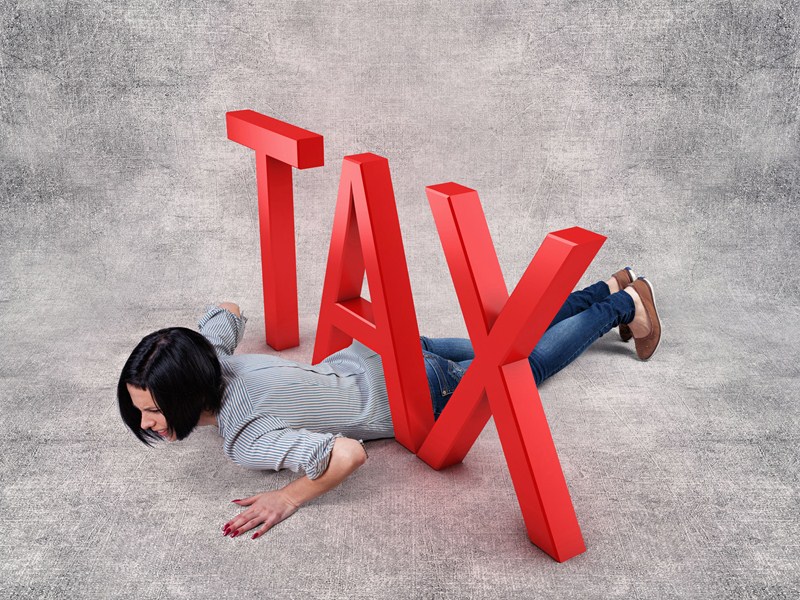In a move that may partly have been prompted by seeking to mirror a longstanding policy of the Labour party, the Chancellor has announced that the generous non-dom rules are to be axed.
From April 2025, the government plans to abolish the remittance basis of taxation for non-UK domiciled individuals and replace it with a simpler residence-based regime. Individuals who opt into the regime will not pay UK tax on foreign income and gains (FIG) for the first four years of tax residence. They will continue to pay tax on UK income and gains, as is currently the case for non-domiciled individuals. The Chancellor said that after four years, those who continue to live in the UK will pay the same tax as other UK residents.
Individuals who on 6 April 2025 have been tax resident in the UK for less than 4 years (after 10 years of non-UK tax residence) will be able to use this new regime for any tax year of UK residence in the remainder of those 4 years.
Individuals who move from the remittance basis to the arising basis on 6 April 2025 and are not eligible for the new 4-year FIG regime will, for 2025-2026 only, pay tax on 50% of their foreign income. This reduction applies to foreign income only; it does not apply to foreign chargeable gains. For 2026-27 onwards, tax will be due on all worldwide income in the normal way.
Overseas Workday Relief (OWR) will also be reformed from April 2025 with eligibility for the relief based on the new regime. OWR will continue to provide Income Tax relief for earnings from duties conducted overseas for the first three years of tax residence with restrictions on remitting these earnings removed.
The government has also announced an intention to move to a residence-based regime for Inheritance Tax from 6 April 2025. This will be subject to consultation.












